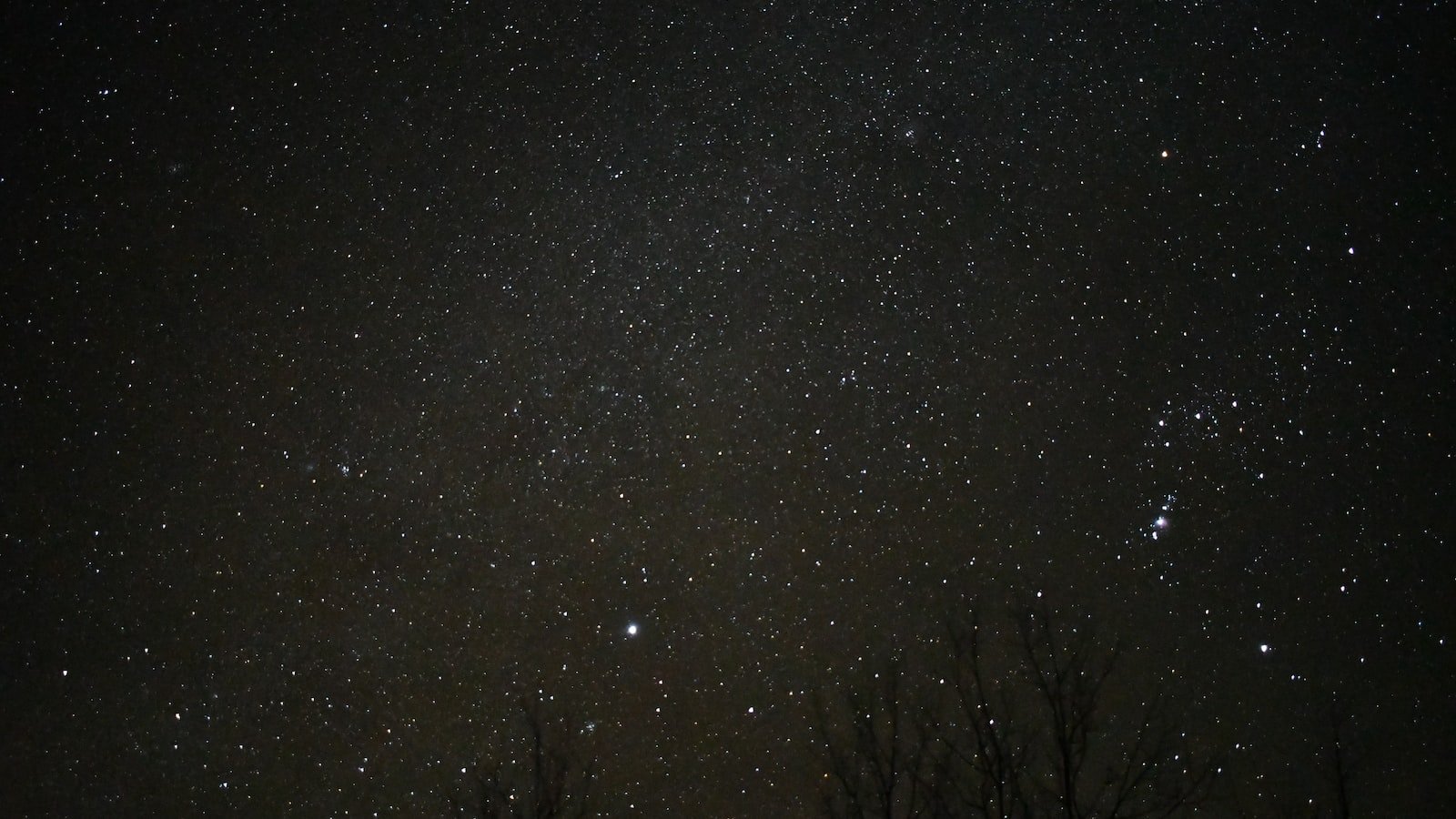One moment you’re walking peacefully, lost in your thoughts, and the next moment, you feel a sharp, painful nip down at your ankles. It’s a behavior that can both startle and annoy, leaving many dog owners scratching their heads in confusion. Ankle-biting, a common habit among dogs, is an instinct that can be traced back to their ancestral roots. However, fear not, for with the right training and understanding, you can successfully nip this habit in the bud, ensuring peace and harmony for both you and your four-legged companion. In this article, we delve into the depths of dog training for ankle-biting, equipping you with the knowledge and techniques to address this behavior and foster a well-behaved, ankle-friendly pet. Let’s embark on this journey to transform ankle nipper into a polite and respectful companion.
Table of Contents
- Understanding the Ankle-Biting Behavior: Uncovering the Root Causes
- Positive Reinforcement Techniques: Training Ankle-Biting Out of Your Dog
- Redirecting Ankle-Biting Energy: Engaging Exercises and Interactive Toys
- Establishing Boundaries: Setting Clear Rules to Discourage Ankle-Biting
- Seek Support: Professional Trainers and Dog Behavioral Specialists
- Q&A
- In Conclusion

Understanding the Ankle-Biting Behavior: Uncovering the Root Causes
Have you ever wondered what could be behind your furry friend’s ankle-biting behavior? It’s a common issue that many pet owners have encountered. Understanding the root causes can help you address this behavior effectively and provide a better quality of life for both you and your beloved pet.
One possible cause of ankle-biting is a lack of proper socialization during your pet’s early development. Pets that haven’t been exposed to different environments, animals, or people may resort to ankle-biting as a way to release their pent-up energy or express anxiety.
Another potential reason could be a response to boredom or lack of mental stimulation. Dogs, in particular, are intelligent creatures that require mental and physical exercise to thrive. When they don’t get enough stimulation, they may resort to ankle-biting as a way to entertain themselves or seek attention.
To address ankle-biting behavior, it’s crucial to provide your pet with appropriate outlets for their energy and mental needs. Here are a few strategies that can help:
- Ensure your pet receives enough daily exercise and playtime to help release their pent-up energy.
- Provide mentally stimulating toys or puzzles that engage your pet’s senses and keep them entertained
- Consider enrolling in obedience or training classes to help your pet socialize with other animals and learn self-control.
- Reward your pet’s positive behavior and redirect their attention when they display ankle-biting tendencies.

Positive Reinforcement Techniques: Training Ankle-Biting Out of Your Dog
Dealing with a dog that constantly nips at your ankles can be frustrating, but with the right positive reinforcement techniques, you can effectively train them to stop this behavior. Here are a few strategies to help you overcome ankle-biting and promote a harmonious relationship with your furry friend:
- Redirect their attention: When you notice your dog starting to nip at your ankles, quickly redirect their attention to a more appropriate activity. Offer them a toy or treat, engaging them in a game that keeps them mentally stimulated and physically active.
- Establish clear boundaries: Consistency is key when it comes to training. Clearly communicate to your dog that ankle-biting is unacceptable behavior. When they try to nip, firmly say “No” and immediately turn away, withdrawing your attention. By doing this consistently, your dog will begin to associate ankle-biting with the loss of attention, discouraging them from continuing the behavior.
- Positive reinforcement: Reward your dog for good behavior. When they refrain from ankle-biting or choose a more appropriate alternative, make sure to offer praise, treats, or a belly rub. Positive reinforcement helps reinforce the desired behavior and encourages your dog to repeat it.
Remember, patience and consistency are essential in training your dog to stop ankle-biting. By utilizing positive reinforcement techniques, you can strengthen the bond with your furry companion and create a peaceful environment for both of you.

Redirecting Ankle-Biting Energy: Engaging Exercises and Interactive Toys
Keeping your furry friend entertained and physically active is essential to their overall well-being. Fortunately, there are numerous engaging exercises and interactive toys available to redirect their ankle-biting energy in a positive way. From thrilling games to stimulating toys, these options will have your four-legged friend prancing with joy.
1. Exciting games that combine physical activity and mental stimulation are a fantastic way to keep your pup entertained. Try a game of hide-and-seek, where you hide treats or their favorite toy in different spots around the house. This will encourage them to use their nose to track down the treasure, providing both physical exercise and mental enrichment.
2. Interactive toys that challenge their problem-solving skills are another great option. Puzzle toys, stuffed with treats or kibble, allow your furry friend to figure out how to retrieve the hidden goodies. These toys not only provide mental stimulation but also help improve dexterity and focus.
3. Engage your pup’s senses with toys that incorporate movement and sound. Interactive dog balls that light up and make noise when bitten or tossed are perfect for triggering their playful instincts. These toys are not only entertaining but also help with coordination and agility.
Remember, the key to successfully redirecting your ankle-biting companion’s energy lies in finding activities and toys that suit their individual preferences. Whether it’s a game of hide-and-seek, a challenging puzzle toy, or an interactive ball, providing your furry friend with engaging exercises and interactive toys will help keep them happy, healthy, and tireless.
Establishing Boundaries: Setting Clear Rules to Discourage Ankle-Biting
Welcome to our informative guide on establishing boundaries and setting clear rules to discourage ankle-biting behavior! Ankle-biting, metaphorically speaking, represents actions that aim to undermine or harm others, often fueled by envy or insecurity. By implementing a system of clear rules and boundaries, we can create a harmonious environment that promotes healthy relationships and encourages mutual respect.
1. Clearly Define Expectations:
Start by clearly communicating your expectations to those around you. Let them know what behaviors are unacceptable and how they can positively contribute to the group dynamics. By establishing a framework of clear boundaries, you provide others with a roadmap for appropriate behavior and discourage any potential ankle-biting tendencies.
2. Foster Open Communication:
Encourage open and honest communication within your community or organization. Create an environment where individuals feel comfortable expressing their concerns or frustrations, rather than resorting to ankle-biting behavior. Regular check-ins and team meetings can provide valuable opportunities for discussions, bringing issues to the surface and addressing them proactively before they escalate.
3. Promote a Culture of Support:
Building a culture of support and collaboration can be an effective way to counteract ankle-biting behavior. Encourage team members to celebrate each other’s achievements and foster an atmosphere of encouragement and positivity. By focusing on collective success rather than competition, you minimize the likelihood of ankle-biting and create an environment where everyone thrives.
Remember, establishing clear rules and boundaries takes time and effort. It’s an ongoing process that requires consistent reinforcement and open communication. However, with dedication and the right approach, you can create a space where ankle-biting becomes a thing of the past, fostering a healthier and more productive community or organization.
Seek Support: Professional Trainers and Dog Behavioral Specialists
When it comes to giving your furry friend the best care possible, sometimes seeking professional help is the key. Professional trainers and dog behavioral specialists are highly trained experts who can provide valuable guidance and support for both you and your pet. From basic obedience training to tackling complex behavioral issues, these professionals have the knowledge and experience to make a difference in your dog’s life.
Here are a few reasons why seeking support from professional trainers and dog behavioral specialists can be beneficial:
- Specialized knowledge: Trainers and specialists undergo extensive training to understand the intricacies of canine behavior. They can identify the underlying reasons behind your dog’s behavior and provide targeted solutions.
- Customized training plans: Every dog is unique, and professional trainers can tailor training plans specifically to your dog’s needs. Whether it’s teaching basic commands, addressing aggression, or improving socialization skills, they will design a plan that works best for your furry companion.
- Positive reinforcement techniques: Trainers and specialists promote positive reinforcement methods, focusing on rewarding desired behaviors rather than punishing unwanted ones. These techniques are known to be effective, humane, and build a strong bond with your pet.
- Continued support: Seeking professional help doesn’t end after a few training sessions; it provides ongoing support. Trainers and specialists can offer guidance, answer questions, and provide additional resources to ensure long-term success in your dog’s training journey.
Remember, seeking support from professional trainers and dog behavioral specialists is a step towards providing your furry friend with the best care and a happier, more balanced life. Reach out to them, and let their expertise guide you in strengthening the bond between you and your beloved companion.
Q&A
Q: Why do dogs have a tendency to bite ankles?
A: Dogs often bite ankles because it can be an expression of their herding instincts or a way to seek attention or playfulness. It can also be linked to fear or anxiety, so understanding the root cause is crucial in addressing this behavior.
Q: How can ankle-biting behavior be discouraged?
A: Consistency is key when discouraging ankle-biting behavior. Teaching your dog alternative commands, redirecting their focus, and providing positive reinforcement for good behavior will be instrumental in curbing this habit.
Q: Should punishment be used to deter ankle-biting?
A: No, punishment should not be used to deter ankle-biting. Instead, focus on positive reinforcement techniques and strategies that encourage desired behavior. Punishment can cause fear or aggression, making the behavior worse.
Q: Can ankle-biting be prevented altogether?
A: While it may not be possible to completely prevent ankle-biting, early socialization, proper training, and a consistent routine can greatly reduce the likelihood. By addressing any underlying issues and employing effective training methods, you can minimize this behavior.
Q: Is ankle-biting more common in certain breeds?
A: Ankle-biting tendencies can be more prevalent in herding breeds such as Australian Shepherds or Border Collies due to their natural instinct to nip at heels. However, it is important to note that any breed can exhibit this behavior. Training and addressing the underlying causes remain essential for all breeds.
Q: How can I protect myself from ankle-biting?
A: To protect yourself from ankle-biting, wearing long pants or boots can help create a physical barrier. Additionally, consistently reinforcing proper behavior and providing appropriate outlets for your dog’s energy will go a long way in reducing the chances of ankle-biting.
In Conclusion
As we wrap up our exploration of dog training techniques tailored to ankle biters, we find ourselves on the doorstep of a new understanding—one that emphasizes patience, consistency, and compassion. While ankle biting may seem like an insurmountable challenge, remember that every dog has the potential to transform into a well-behaved companion.
By implementing the strategies we’ve discussed, you’re inviting a new level of harmony into your home. Your dedication, tempered with kindness, will guide your four-legged friend away from this undesirable habit and towards a future of controlled behavior. As with any training process, progress may take time, but the rewards will undoubtedly be worth it.
So, as you embark on this journey to nip the ankle-biting habit, remember that you hold the key to unlocking a harmonious coexistence with your furry friend. Seek the guidance of professional trainers if needed, and always remain open to adapting your approach. Celebrate each small triumph along the way, for they are significant stepping stones on the path to success.
In the end, this training endeavor is not just about curtailing a bothersome behavior; it’s about fostering a relationship that is built on respect, trust, and love. Together, you and your ankle biter will conquer this challenge and embark on a lifelong adventure, filled with joyful memories and unbreakable bonds.
So go forth, armed with knowledge and an unyielding determination to bring out the best in your ankle-biting companion. With patience and perseverance, you will undoubtedly surpass even your own expectations. Remember, training is not only an act of nurturing, but also a shared experience of growth; your journey together has only just begun.
As an affiliate, my content may feature links to products I personally use and recommend. By taking action, like subscribing or making a purchase, you’ll be supporting my work and fueling my taco cravings at the same time. Win-win, right?
Want to read more? Check out our Affiliate Disclosure page.
